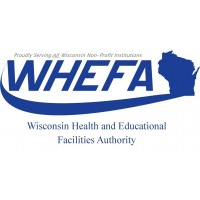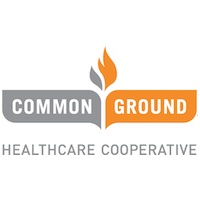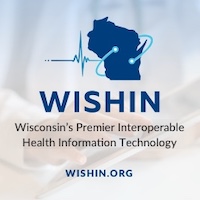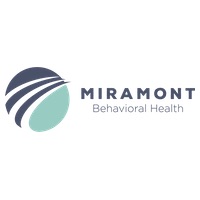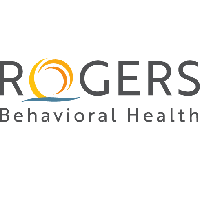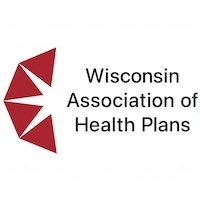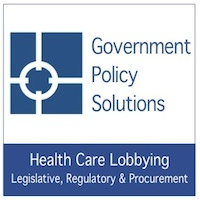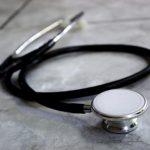
Marshfield Clinic CEO Turney weighs in on COVID-19’s impacts
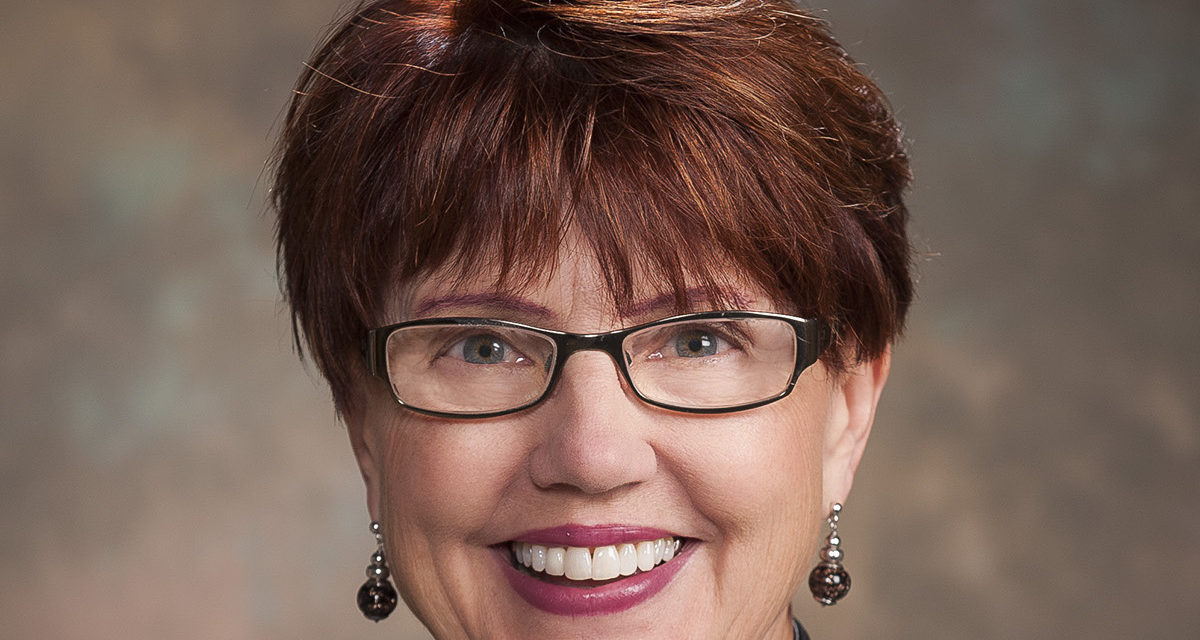
Marshfield Clinic Health System CEO Dr. Susan Turney weighed in on COVID-19 testing capacity and preparations to handle a potential surge of patients with the disease, during a Wisconsin Health News webinar this week.
Turney spoke with Wisconsin Health News on Tuesday. She said that COVID-19 will likely hit rural healthcare hard, with many providers seeing a monthly revenue decline of 40 to 60 percent as they cancel elective procedures and prepare for the worst-case scenario.
Later this week, Marshfield Clinic said it was temporarily furloughing staff not currently involved in preparing for a surge of COVID-19 and reducing wages for executives, management, doctors and advanced practice clinicians.
That’s due to rescheduling non-emergency medical appointments and procedures and closing or changing hours of operations for centers to conserve resources for COVID-19 patients. Other health systems have also initiated furloughs.
The situation is fluid, so furloughed staff might be recalled, according to a statement.
Edited excerpts from the webinar are below.
WHN: Marshfield is part of a testing partnership announced by Gov. Tony Evers last week. What’s the overall goal?
ST: I think we all realize that if we had testing where we could do all the community testing that’s needed, the prevalence of the disease would be much greater than it is. But right now, we don’t have those capabilities.
So the important thing really is working in collaboration with our partners across the state as well as our partners at the federal level. We have many, many great healthcare companies in Wisconsin, and not just those that provide care, but also test services. And working with the state, working with Promega, working with Exact Sciences and others to really leverage our resources to make sure we are getting the equipment that’s necessary to do the testing, make sure that we’re getting the supplies that we need to do the testing and really leverage that technology across all of that is extremely important.
And I think everyone knows there are problems working with our supply chain. Certainly I never thought we would be in a position, when you talk about what has changed in our lives, that we would be competing against each other for the things that we need to test and to take care of patients. So I think by working with the state, by working with other companies within the state and others across the nation, we will get to a point where we will have the capability and the capacity to do the testing that addresses not just those urgent needs around patients who are symptomatic and need that diagnostic test as well as the healthcare workers in our communities that need that test, but really starting a broader community approach to really identify the prevalence of the disease and how we can best manage it going forward.
WHN: How far are we away from a point where we can test more?
ST:
It’s the hope through the discussions that we’re having that we will be able to get there within the next two to four weeks. I know that seems like an eternity to many people, especially as we look back and see how much work we’ve had to do to prepare for this over the last couple of years. But that is our hope.
And with where we’re at Wisconsin, certainly the southern part of our state is seeing more cases than in the northern part of the state right now. However, we do know that rural areas will not be spared. And as we increase the number of patients and our capacity gets tested in our facilities, we’re hoping that we will have the capability at that point and time to really do that community testing.
WHN: Before this, Marshfield was in a growth phase. Other health systems have recently paused projects. Is Marshfield pausing any?
ST: In general, we’re looking at everything that we do and assessing what is vital for what we need to do right now. And then how do we look out for the future, both short term, and sometimes days, weeks, months and years. We have been in an expansion mode. We have a growth strategy to create a fully integrated healthcare system with our providers, with hospitals and with our health plan.
Right now, we were supposed to open our hospital in Minocqua this month. So we’re assessing that. And part of the challenge is getting the people there to do the necessary work to approve our opening. We also were in discussions with Ascension around acquiring St. Clare’s Hospital in Weston. We are still planning to go ahead with both, for example, but it might be a little slower than we anticipated, partly because we have to divert our attention to other things and partly everybody has diverted their attention to other things. Travel and direct communication is a challenge. So we’re very optimistic that we’ll continue down this path, but those are just two examples similar to what other health systems are experiencing.
WHN: What are some of the conversations you’ve had with other systems and providers in northern Wisconsin about what needs to be done once cases start to increase?
ST:
We’ve had the opportunity to jump on calls with many of the CEOs and (chief medical officers) across the northern two-thirds of the state, sort of separate from many, many other conversations that are happening with different organizations.
First of all, we’re all dealing with the same issues. We’re dealing with having enough equipment to protect our patients. We’re dealing with whether we will have what we need to manage patient care, ventilators and staff to really help manage the acute needs of the COVID patients. We’re also dealing with workforce issues. How do we manage our workforce when revenues are down and trying to cover the cost of keeping everybody fully employed is a huge challenge. We’ve talked about: Do we furlough, do people need to be laid off? And then what happens when we have to start ramping back up to really meet the patient care needs that we’re expecting with the surge? But also we will recover. We will get back to a new normal and we will need those staff to continue working with us. So those are the types of things that we’re talking about.
But I also think, because our health system covers the entire northern two-thirds of the state, although we have competitors in each of those geographies, we as competitors are now becoming more collaborators and trying to figure out what happens when, for example, in western Wisconsin, if Minneapolis gets really packed with a surge, where do patients go if they can’t be transferred there when that’s their normal referral pattern? And I think there are other examples of that.
So we are working with the state agencies, the emergency centers, the Wisconsin Hospital Association, Rural Wisconsin Health Cooperative, to try to figure out how to manage all of that, how to stay connected. How do our liaisons make sure that they’re open to discussions around what’s best for the patient?
WHN: How does Marshfield Clinic decide what an elective procedure is?
ST: That’s a huge challenge because when we say we’re doing no elective procedures, it depends on whose perspective you’re talking from. What might be elective for a payer or for a provider may not be elective for a patient. If they’re having severe pain or are limited because of that pain, the knee procedure, the hip procedure, back procedure may seem much more urgent to that individual. So in general, there’s not a bright line. We would never have that bright line. There’s a big gray space.
In general, we’re saying if something can wait for two months and it will not adversely affect the outcome and the patient is safe during this period, we would prefer that they wait to have that procedure done. However, these are conversations that have to occur with a physician, other providers and the patient to determine what’s best for them. We know that patients are reluctant to come into a facility where they know there are COVID patients and we know that our physicians certainly don’t want to put any patient at risk. I think the best way to approach that is sort of the guardrails that we’ve put around it but also knowing that these are individual decisions.
Now for cancer, a two-month delay may have a very deleterious effect, for example. Or if someone has chest pain and needs a cardiac procedure. Again, those are issues that we face daily and that the physicians, the other providers and patients talk about to determine what’s best for their course.
WHN: Marshfield has ramped up its telehealth visits. What will this period mean for the use of telehealth going forward?
ST: First of all, having telehealth capabilities has allowed us to see those patients who need to be seen and need follow up for either chronic care or some acute evaluation that doesn’t require them from coming in for a face-to-face visit. So expanding that has been a great opportunity for us to continue to serve our patients in our communities.
Now having payment for those services during this crisis certainly has changed the paradigm. And I’ve said this before and I’ll say it again – the genie’s out of the bottle. And I don’t think you can stuff the genie back in. The way we provide care is going to be very different than we did historically.
WHN: What needs to happen for social distancing requirements to be lifted?
ST: We really need to depend on our experts. There are medical experts who are doing nothing but studying this epidemic and looking at trends and trying to figure out what’s going on in communities across, not just our great state, but the country and the world. I think a couple of things – they have to agree that the risk of an outbreak is such that it has decreased to the point that we can start to open back up, not just the care that we provide in the facilities, but also the businesses in our communities.
And I can tell you that it’s not going to be hanging a sign up and saying, ‘Sunday, we’re open.’ That’s not going to happen. It’s going to be a gradual process, again over weeks and months, as we learn more about this disease, as we learn more about how it’s spread, what treatment opportunities there are, and once a vaccine is in place, to really help control future epidemics.
This comes back to something we’ve talked about repeatedly here, which is lab testing. Once we have the capability to do widespread testing across our communities, we’ll have a better idea of the opportunity for us to get back to what I would consider – everybody’s saying the new normal – and it will be a new normal. Things won’t like they did. But I’m optimistic that we will be in a better place.
Wisconsin Health News is removing the password on all stories related to the coronavirus. For the latest developments follow us on Twitter at @wihealthnews or check out our website. For complete healthcare coverage, sign up for a free trial to our daily email newsletter.







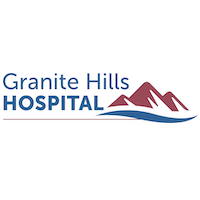

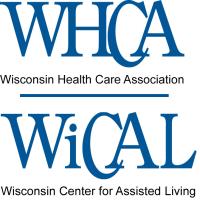
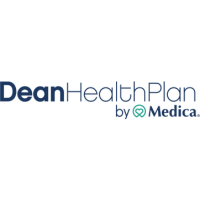



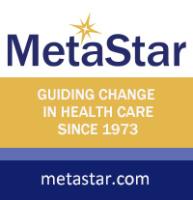
.jpg?bwg=1612548324)


